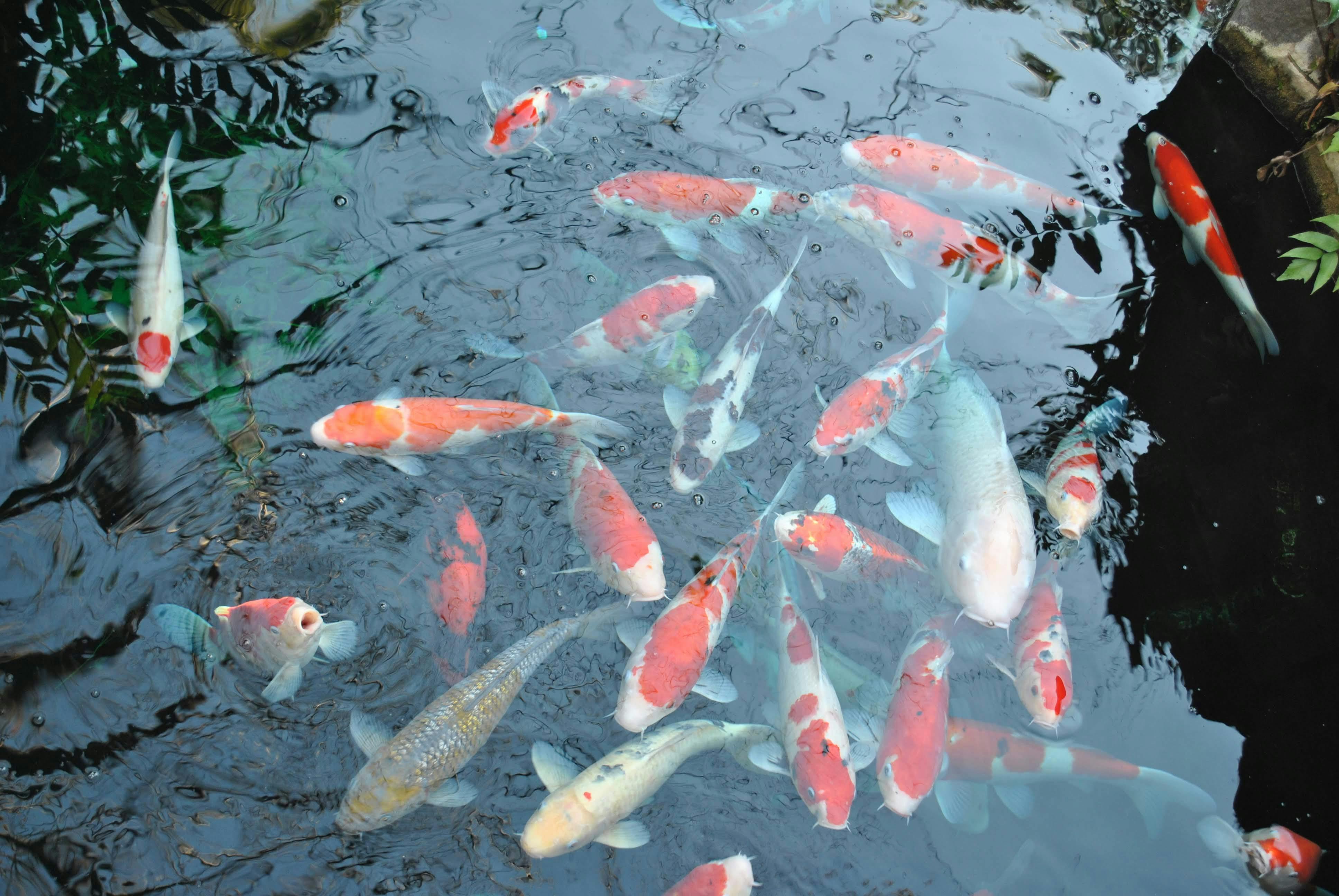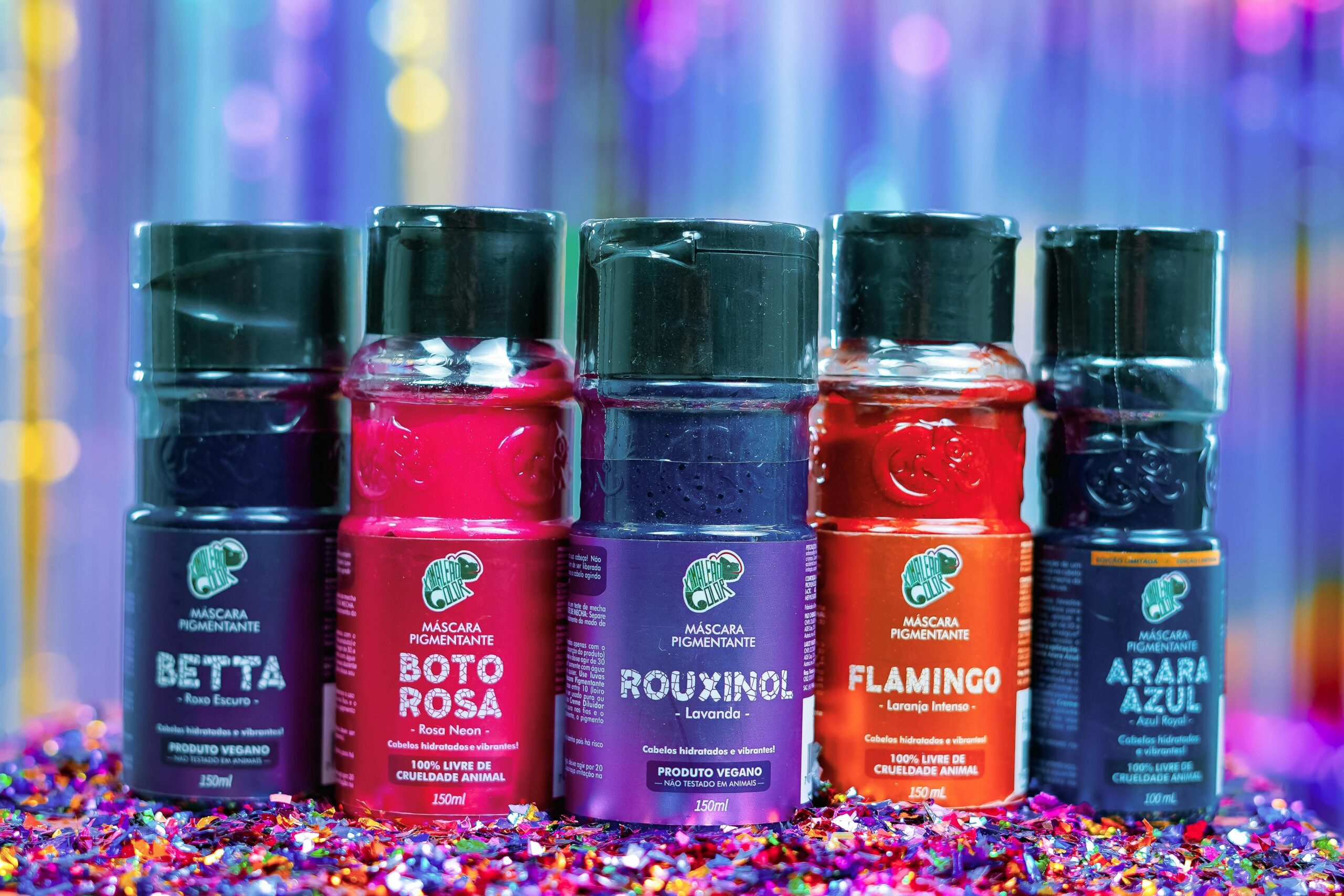Smart Guide to Rainbow Betta Fish Care: Enhance Their Colors in 2025
The stunning rainbow betta fish is a popular choice among aquarium enthusiasts, capturing the attention of many with its vibrant hues and hypnotic movements. Betta fish care is essential for maintaining their striking colors and overall health, which makes understanding their habitat, diet, and general needs even more crucial for prospective owners.
In this comprehensive guide, we’ll explore the fundamentals of caring for rainbow betta fish, including optimal tank setups, proper feeding schedules, compatibility with other species, and health maintenance. This roadmap will not only help you enhance the rainbow colors of your betta but also ensure a healthy and thriving aquatic environment.
By understanding their emotional intelligence and social behaviors, you can create a more enriching habitat that promotes their well-being. Get ready to dive deep into the enchanting world of rainbow betta fish!

Essential Tips for Betta Fish Tank Setup
Establishing an appropriate betta fish tank setup is critical for their overall health. Building on basic aquarium guidelines, you will ensure that your rainbow betta fish flourish in their new home.
Choosing the Right Aquarium Size
When selecting a tank for your betta fish, size matters. A common guideline is to have a minimum of 5 gallons to ensure your betta has ample space to swim. Larger tanks provide better water stability and quality, features that are crucial for the health of your fish. In larger tanks, you also have more possibilities for aquascaping and introducing colorful aquarium plants.
Water Conditions and Parameters
Rainbow betta fish thrive in stable water conditions. The ideal water temperature ranges between 76°F to 82°F (24°C to 28°C). Additionally, maintaining a pH level between 6.5 to 7.5 is crucial. Regular water testing is essential to monitor these parameters. Ensure your tank is equipped with an efficient filtration system to keep the water clean and well-oxygenated.
Lighting and Heating Requirements
The lighting in your betta tank enhances their visual appeal while ensuring a natural day-night cycle. Soft LED lighting works best. Incorporating a heater is vital, as bettas are tropical fish. Sudden temperature changes can lead to stress or health issues.
Tank Decoration and Maintenance
A variety of decorative elements will not only make your tank visually appealing but also give your betta places to hide and explore. Include items like caves, plants, and safe decorations to enrich their habitat. Prioritize regular maintenance to keep the environment clean and healthy.
These elements are foundational to your rainbow betta’s care. Understanding these aspects leads us to explore their dietary needs.
Feeding Your Betta Fish for Optimal Health
With the tank set up, attention must shift to the betta fish diet. Good nutrition plays a significant role in their vibrant colors and longevity.
Best Betta Fish Foods
Offering a variety of high-quality foods promotes optimal health. Look for specialized betta fish pellets that provide essential nutrients. Supplementing their diet with frozen or live foods like brine shrimp or bloodworms also enhances their coloration.
Feeding Schedule and Techniques
A recommended feeding schedule includes providing food once or twice a day, ensuring portions are small enough for your betta to consume within a few minutes. Observing their feeding habits can help in managing their behavioral patterns and stress levels.
Understanding Betta Fish Dietary Needs
Rainbow bettas are carnivorous and require a balanced diet rich in proteins. It’s beneficial to rotate different food types while keeping an eye on excessive food debris, which can lead to deteriorating water quality.
Signs of Overfeeding or Underfeeding
Monitoring your betta’s health and behavior is key. Overfeeding can lead to bloating and swim bladder issues, while underfeeding may result in lethargy and faded colors. A healthy betta should exhibit energetic behavior and bright colors.
By keeping track of their diet and feeding patterns, you can significantly enhance your fish’s appearance. Now, let’s delve into the fascinating world of betta fish behavior.
Understanding Betta Fish Behavior
Recognizing the different behavioral signs of rainbow bettas is essential for effective ownership. This understanding builds a stronger bond between you and your aquatic pet.
Behavioral Patterns of Betta Fish
Rainbow betta fish exhibit distinct behaviors, including establishing territories and showing signs of aggression. Male bettas, in particular, are known for their combative nature, especially when housed with other males. Observing these interactions can help you understand your betta’s personality.
Social Interactions in Betta Fish
Some bettas are more social than others, often exhibiting curiosity about their environment. Introducing them gradually to new tank mates while observing interactions can further enhance their social skills. Aim for peaceful community tank companions, such as snails or certain species of shrimp.
Signs of Stress in Betta Fish
Identifying stress indicators, such as hiding frequently, lethargy, or clamped fins, can alert you to potential issues in their environment. Creating a comfortable and enriching habitat can help reduce these stress factors.
Betta Fish Communication Methods
Understanding how rainbow bettas express themselves through body language and coloration can enhance the owner-pet relationship. Engaged bettas display vibrant colors and can often greet their owners at feeding time.
Recognizing these behavioral traits is crucial in caring for your betta fish. Next, we’ll discuss how to enhance their colors and ensure they remain healthy.
Enhancing Betta Fish Colors and Health
Betta fish colors are not only visually stunning but also indicate their health and well-being. Knowing how to enhance their natural beauty is vital to their care.
Optimal Environmental Conditions for Color Enhancement
Creating a suitable environment is the first step toward enhancing your betta’s colors. As mentioned earlier, stable water conditions are crucial. In addition, using a dim blue or actinic light can enhance their coloration, making them appear more vibrant in the tank.
Healthy Diet for Vibrant Colors
The right diet can significantly impact your betta’s coloration. Foods rich in carotenoids, such as spirulina and krill, can intensify their natural hues. Switching up their diet with various foods will ensure they receive essential nutrients for color enhancement.
Regular Maintenance for Long-Term Health
Scheduled water changes and proper tank maintenance are essential for ensuring the overall health of your betta. Regular cleaning reduces toxins that can cause stress and paleness in your betta. Maintaining a clean environment is key for their lifelong health.
Signs of a Healthy Rainbow Betta Fish
A healthy betta displays bright colors, active swimming, and a good appetite. Observing these characteristics is essential for ensuring that any health issues are caught early and addressed properly.

Betta Fish Breeding Principles
Understanding the basics of betta fish breeding is an exciting endeavor for many enthusiasts. Preparing for breeding requires knowledge and dedication.
Setting Up a Breeding Tank
A separate tank for breeding is essential to prevent stress and aggression among tank mates. The ideal setup should have warm water and minimal distractions to promote spawning behavior. It’s crucial to create an environment that mimics their natural habitat.
Selecting Breeding Pairs
Selecting healthy breeding pairs enhances the chances of producing vibrant offspring. Look for pairs with good genetics and clear coloring. Male and female bettas often show distinct traits; males are generally more colorful, while females feature more subdued colors.
Mating Rituals and Spawning
Understanding betta mating rituals is fascinating. Males often build bubble nests and engage in courtship behavior, which includes flaring and swimming intricately. Observing these interactions can be both educational and entertaining.
Aftercare for the Fry
Post-spawning, separating the female from the male is essential for her safety. Provide proper care to the fry by maintaining optimal water conditions and offering suitable food once they are free-swimming. Ensure a nurturing environment for their growth.
Breeding rainbow betta fish can be rewarding and educational; refining these skills deepens your understanding of aquatic life. The concluding section will cover the essential aspects of maintaining their health and well-being.
Common Betta Fish Health Issues
Maintaining the health of your rainbow betta is a priority for every betta owner. This section will discuss common health issues and best practices for treatment.
Identifying Betta Fish Diseases
Common health problems include fin rot, ich, and velvet disease. Being able to identify these diseases early is crucial for effective treatment. Look for signs such as white spots, discolored areas, or physical damage to fins.
Preventative Measures for Betta Health
Preventative care plays a significant role in the longevity of your betta. Regular water changes, maintaining stable temperatures, and providing a balanced diet all contribute to their overall health.
Basic Treatment Options for Common Illnesses
If your betta displays signs of illness, quarantine them to avoid spreading disease. Over-the-counter medications can target specific diseases, but always research the appropriate treatments before administering them.
Signs of Stress in Betta Fish
Monitoring your betta for stress indicators will help in addressing their conditions promptly. Frequent hiding, inability to eat, or color fading can be signs they need more attention.
With a focus on these health aspects, you can create a thriving environment for your rainbow betta fish. Let’s wrap up with some frequently asked questions.
Q&A: Betta Fish Care Insights
How often should I change the water in my betta tank?
A water change of 25% to 50% once a week is advisable, depending on the tank size and filtration system.
Can I keep multiple bettas in one tank?
While it’s possible to house multiple bettas, it’s typically recommended to keep males separate to avoid aggressive behavior. Female bettas can sometimes coexist in a sorority tank, but ensure there is ample space.
What is the life expectancy of a rainbow betta fish?
With proper care, rainbow bettas can live between 3 to 5 years, with some living even longer under optimal conditions.
What should I do if my betta shows signs of illness?
Isolate the affected betta and evaluate the water quality. Research any symptoms and administer treatments if necessary. Consult an aquatic veterinarian for severe cases.
A comprehensive understanding of rainbow betta fish care enriches your experience and ensures their bright colors and health for years to come. Utilize the insights and tips shared in this guide to create a flourishing aquatic environment for your charming companions!
